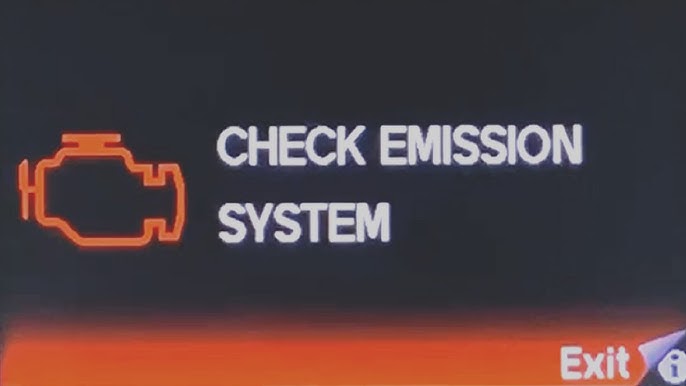Are you experiencing an emission system warning on your Honda Civic? This issue is commonly caused by malfunctioning oxygen sensors or a failing catalytic converter, both of which can impact your vehicle’s efficiency and environmental compliance. Understanding how your emission system works and addressing potential problems promptly can help maintain your car’s performance. This article will provide you with effective solutions to common emission-related issues, ensuring your Civic runs optimally.
Typical Emission System Issues
Problems within the emission system of a Honda Civic often trigger dashboard warning lights and may negatively affect fuel economy and engine efficiency. By identifying these issues early, you can take proactive measures to prevent costly repairs.
Malfunctioning Oxygen Sensors
A frequent issue within the emission system is faulty oxygen sensors. These sensors are essential for monitoring the oxygen levels in your exhaust, helping regulate the fuel-air mixture. If they stop working correctly, your car may display a Check Engine Light, experience reduced gas mileage, and produce higher emissions.
When an oxygen sensor malfunctions, it can cause the engine to run too rich (excess fuel) or too lean (insufficient fuel), leading to inefficiencies and increased emissions. Regular diagnostics and replacing defective sensors can prevent performance issues and excessive pollution.
Catalytic Converter Failures
The catalytic converter is crucial for reducing harmful emissions by converting pollutants into less harmful gases. If this component fails, it can trigger warning lights, increase emissions, and result in poor engine performance.
Problems such as engine misfires, excessive carbon buildup, or prolonged exposure to unburned fuel can damage the catalytic converter. Signs of a failing converter include reduced acceleration and an unusual sulfur-like odor from the exhaust. Routine engine maintenance and using quality fuel can help prolong its lifespan.
Evaporative Emissions Control System Malfunctions
The Evaporative Emissions Control System (EVAP) is designed to trap fuel vapors and prevent them from escaping into the environment. When there’s an issue, it may trigger the Check Engine Light and cause a noticeable fuel smell around the vehicle.
Problems like a loose or damaged gas cap, faulty purge valves, or leaks within the system can compromise its function. Regular inspection and timely repairs can prevent vapor leaks, improving fuel economy and reducing emissions.
Exhaust Gas Recirculation (EGR) Valve Issues
The EGR system plays a role in reducing nitrogen oxide emissions by redirecting a portion of exhaust gases back into the engine. If the EGR valve becomes clogged or malfunctions, it can cause poor engine efficiency and increased emissions.
Carbon buildup within the EGR valve can lead to engine knocking, rough idling, or hesitation during acceleration. Cleaning or replacing the valve when necessary helps maintain smooth engine performance and lower emissions.
Diagnosing Emission System Problems
Pinpointing the root cause of emission system issues requires a combination of diagnostic tools and manual inspection. Addressing these problems early can help prevent further complications.
Using an OBD-II Scanner
An OBD-II scanner is a valuable tool for diagnosing emission-related faults. By connecting it to your vehicle, you can retrieve trouble codes that indicate specific problems, helping you determine necessary repairs.
Each trouble code corresponds to a specific issue, such as a failing oxygen sensor or an EVAP system leak. Understanding these codes can help you address issues efficiently and prevent potential damage.
Professional Inspection Services
For complex issues, professional diagnostic services can provide a more in-depth assessment. Mechanics use specialized equipment to identify and fix underlying problems that may not be apparent through basic inspections.
Seeking expert help can be beneficial, particularly for persistent emission system faults. Proper repairs ensure compliance with emissions regulations and optimal vehicle performance.
Maintaining Emission System Components
Regular maintenance of key components like the oxygen sensors, gas cap, catalytic converter, and EGR valve can help prevent emission system problems and extend your vehicle’s lifespan.
Ensuring Proper Gas Cap Seal
A loose or damaged gas cap can lead to fuel vapor leaks, affecting emissions and fuel economy. Always check that the gas cap is securely tightened and replace it if the seal appears worn or cracked.
Routine Catalytic Converter Care
Preventing excessive carbon buildup in the catalytic converter helps maintain its efficiency. Regular tune-ups, using quality fuel, and fixing misfires promptly can keep this component functioning properly.

